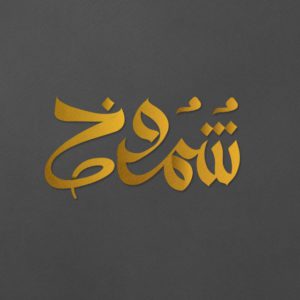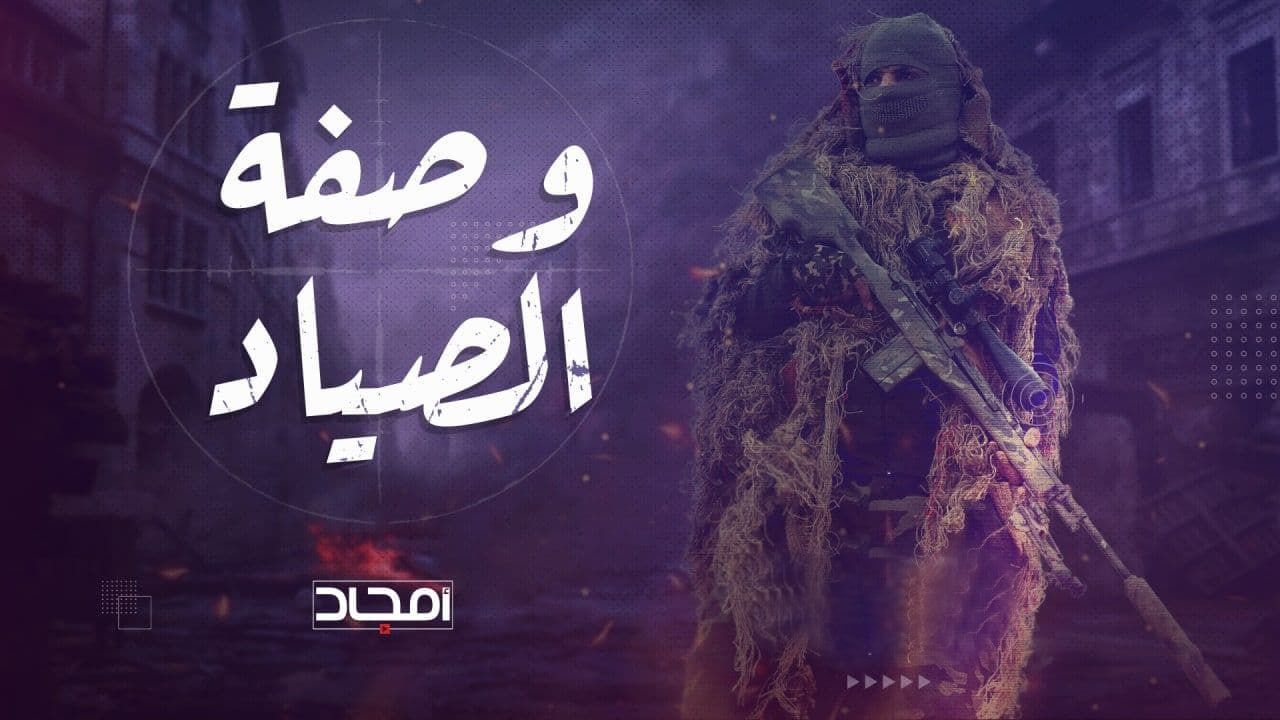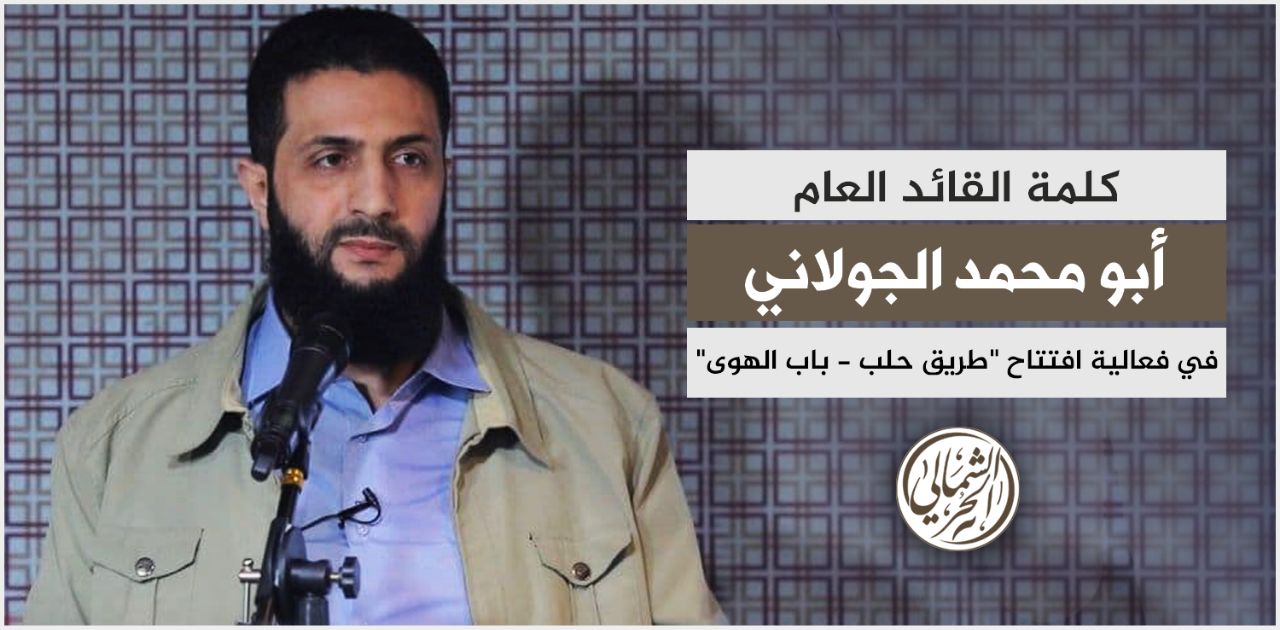
________________
Source: Telegram
To inquire about a translation for this video message for a fee email: [email protected]

________________
Source: Telegram
To inquire about a translation for this video message for a fee email: [email protected]

Click the following link for a safe PDF copy: Hay’at Taḥrīr al-Shām — Condolences on the Martyrdom of the Mujāhid Abū Jihād Raḥamā’, the Head of the Engineering Company in Liwā’ Sa’d Bin Abū Waqāṣ
________________
Source: Telegram
To inquire about a translation for this statement for a fee email: [email protected]

________________
Source: Telegram
To inquire about a translation for this video message for a fee email: [email protected]
________________
Source: Telegram
To inquire about a translation for this video message for a fee email: [email protected]
__________________
Source: Telegram
To inquire about a translation for this video message for a fee email: [email protected]

________________
Source: Telegram
To inquire about a translation for this video message for a fee email: [email protected]

________________
To inquire about a translation for this video message for a fee email: [email protected]

________________
To inquire about a translation for this video message for a fee email: [email protected]
_______________
Source: Telegram
To inquire about a translation for this video message for a fee email: [email protected]For prior parts in this video series: #2 and #1. The title of the battle is in reference to Qur’anic verse 9:105. Here it is in full: “And say, ‘Do [as you will], for God will see your deeds, and [so, will] His Messenger and the believers. And you will be returned to the Knower of the unseen and the witnessed, and He will inform you of what you used to do.'”
—

______________
Source: Telegram
To inquire about a translation for this video message for a fee email: [email protected]